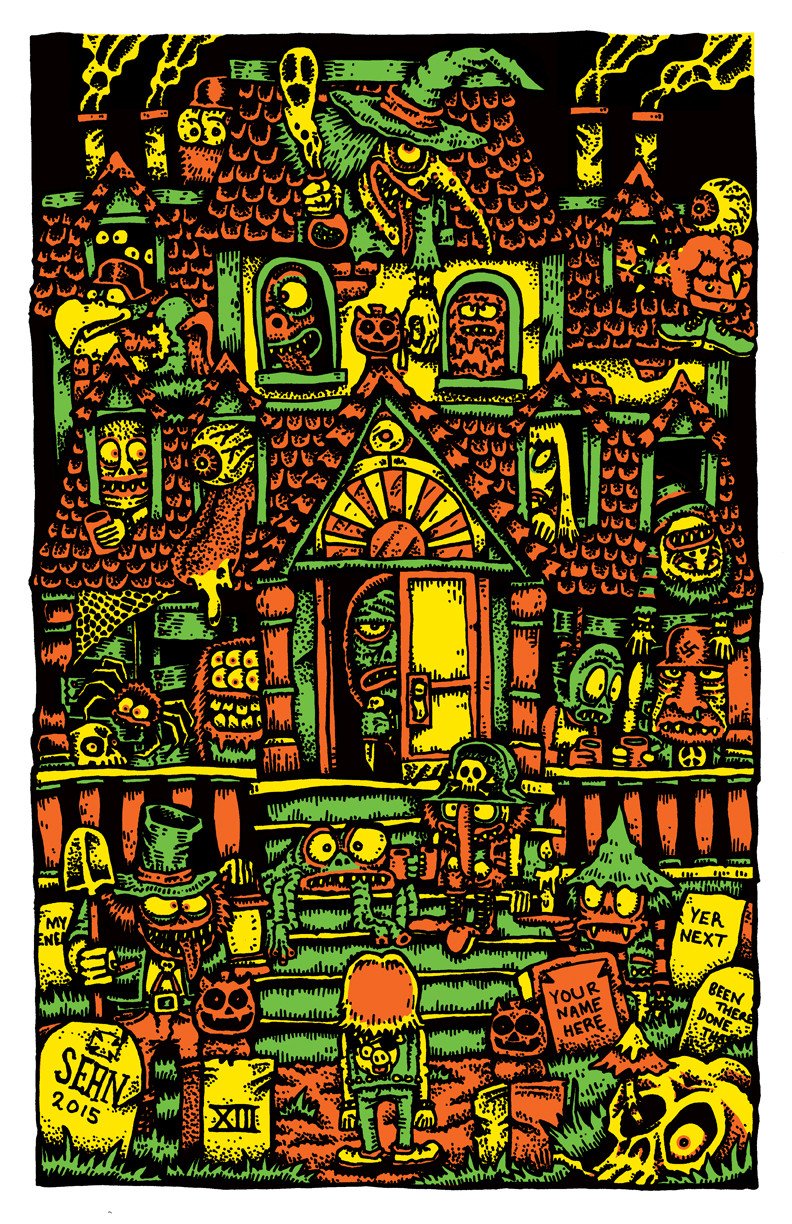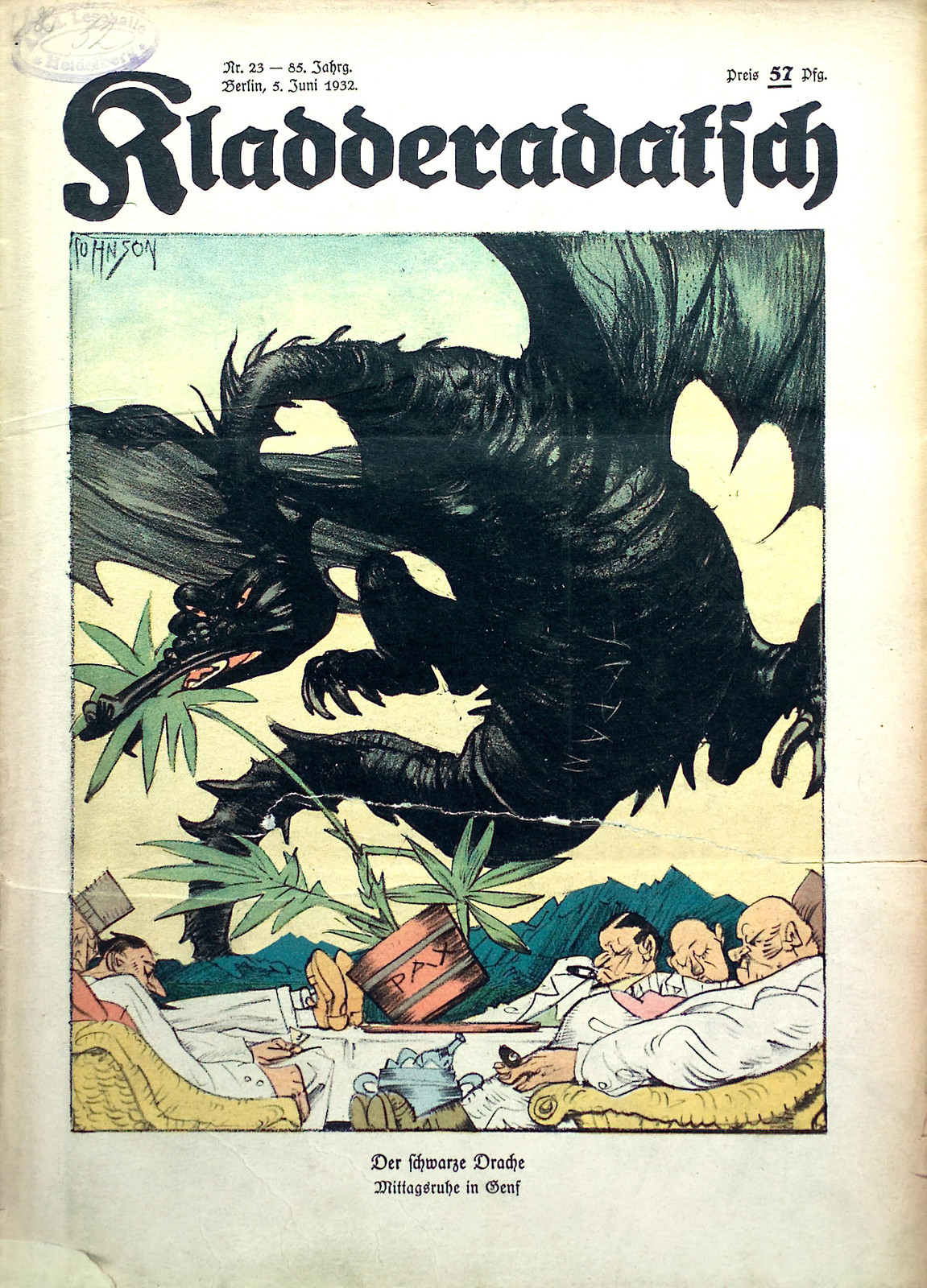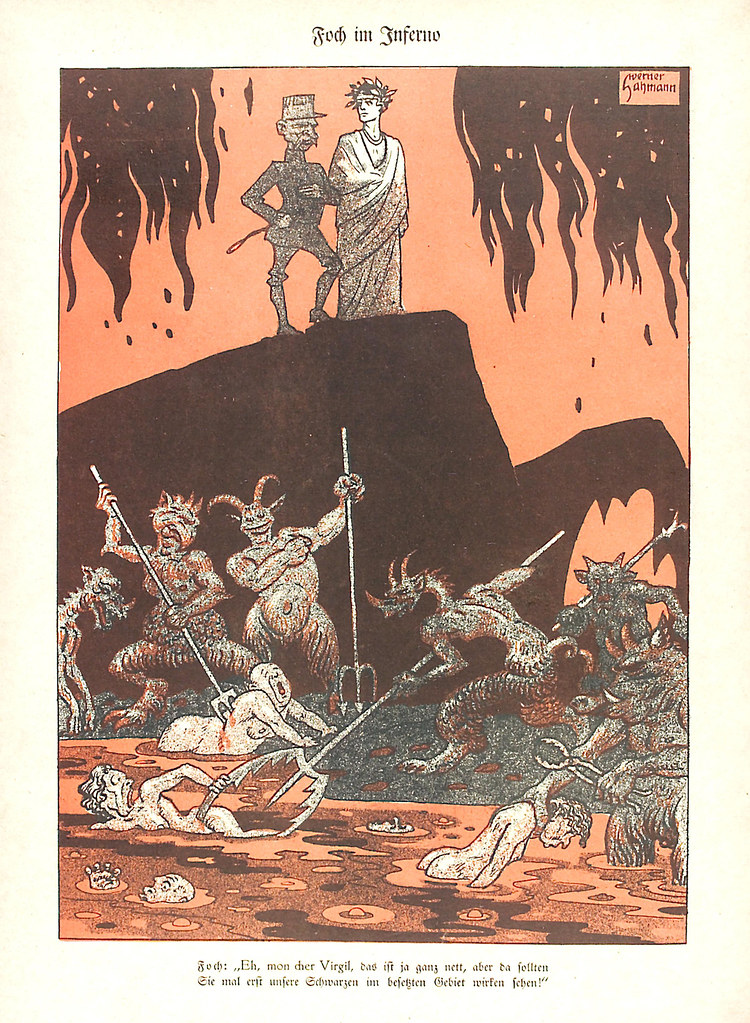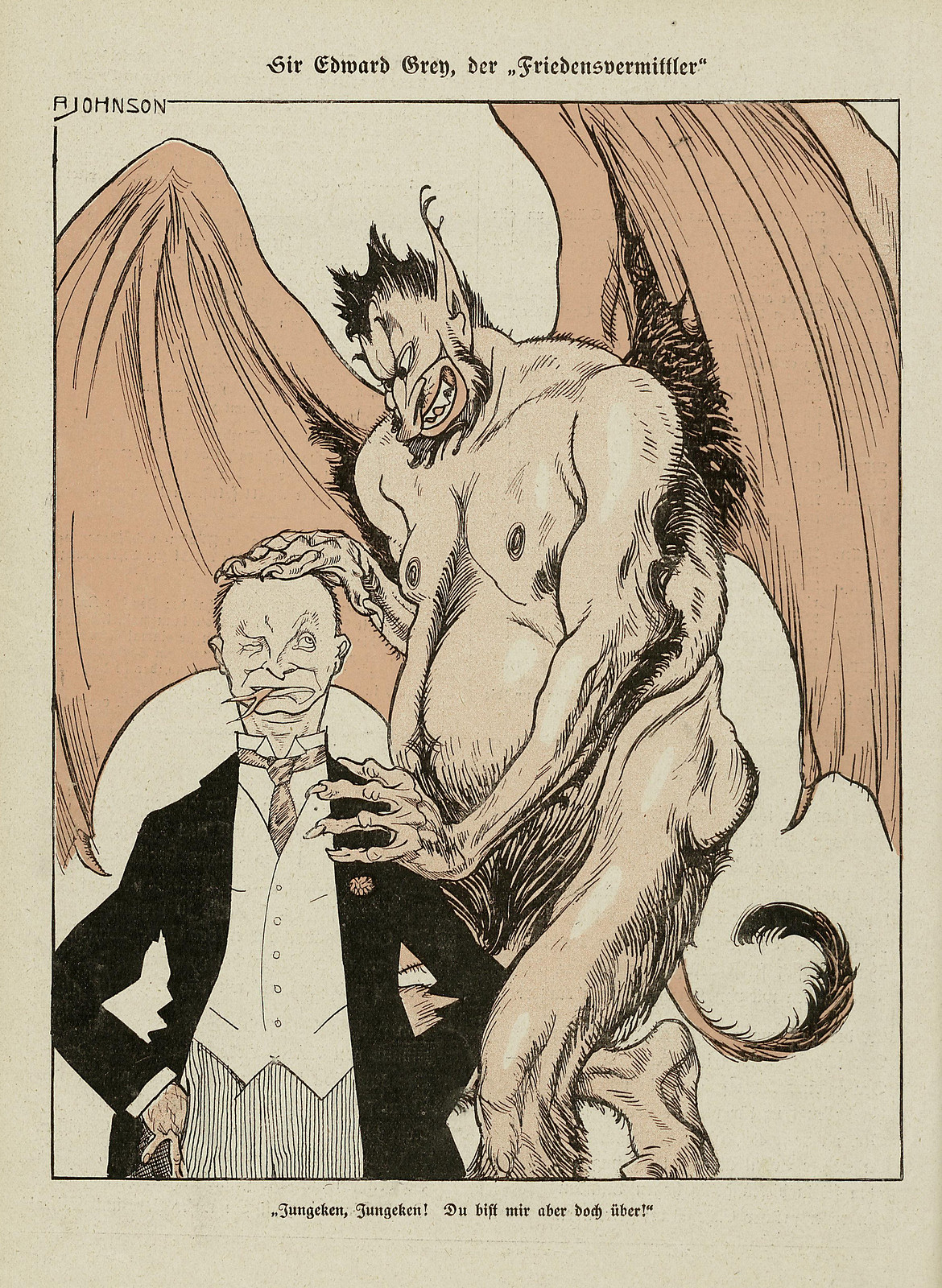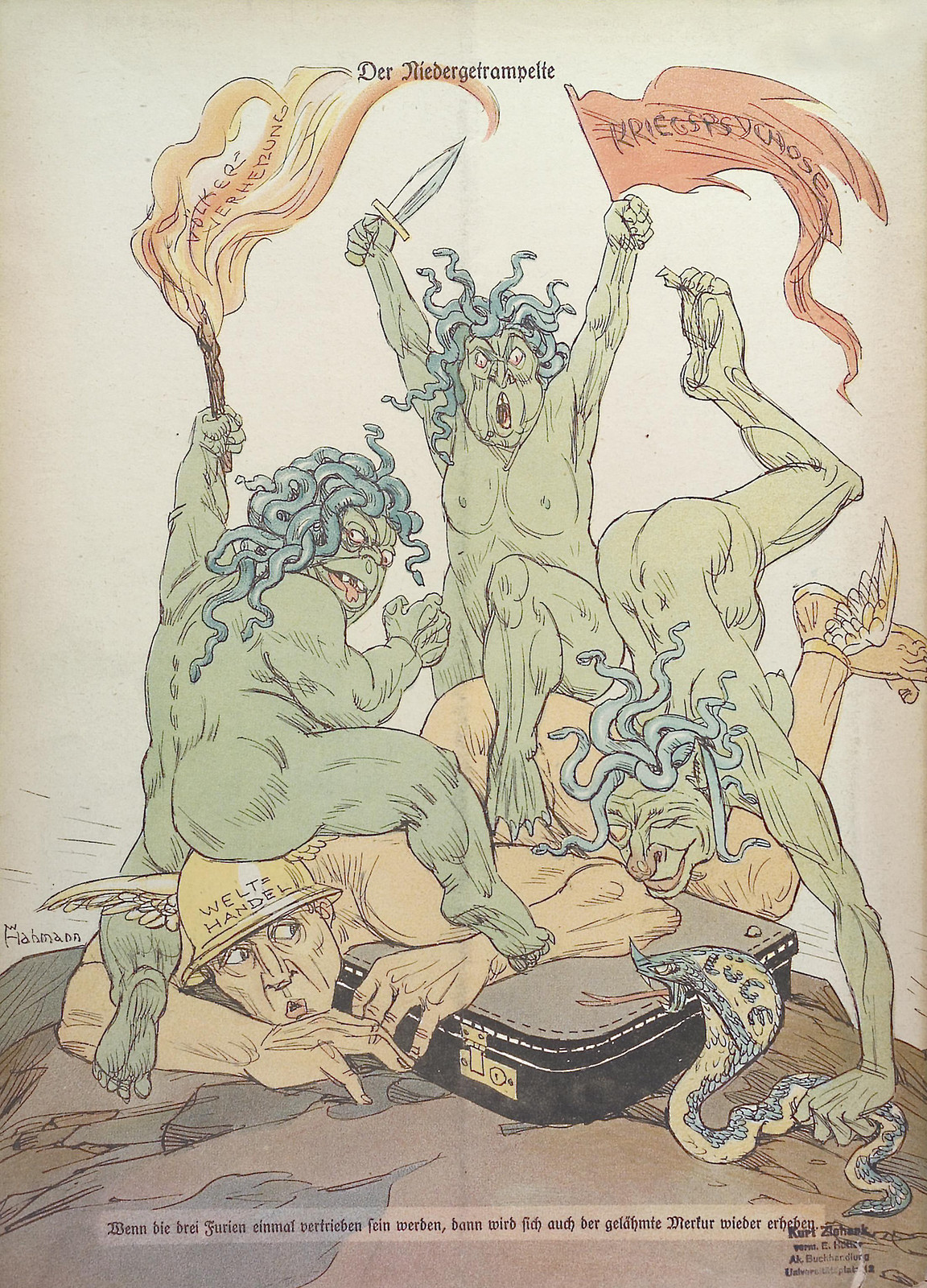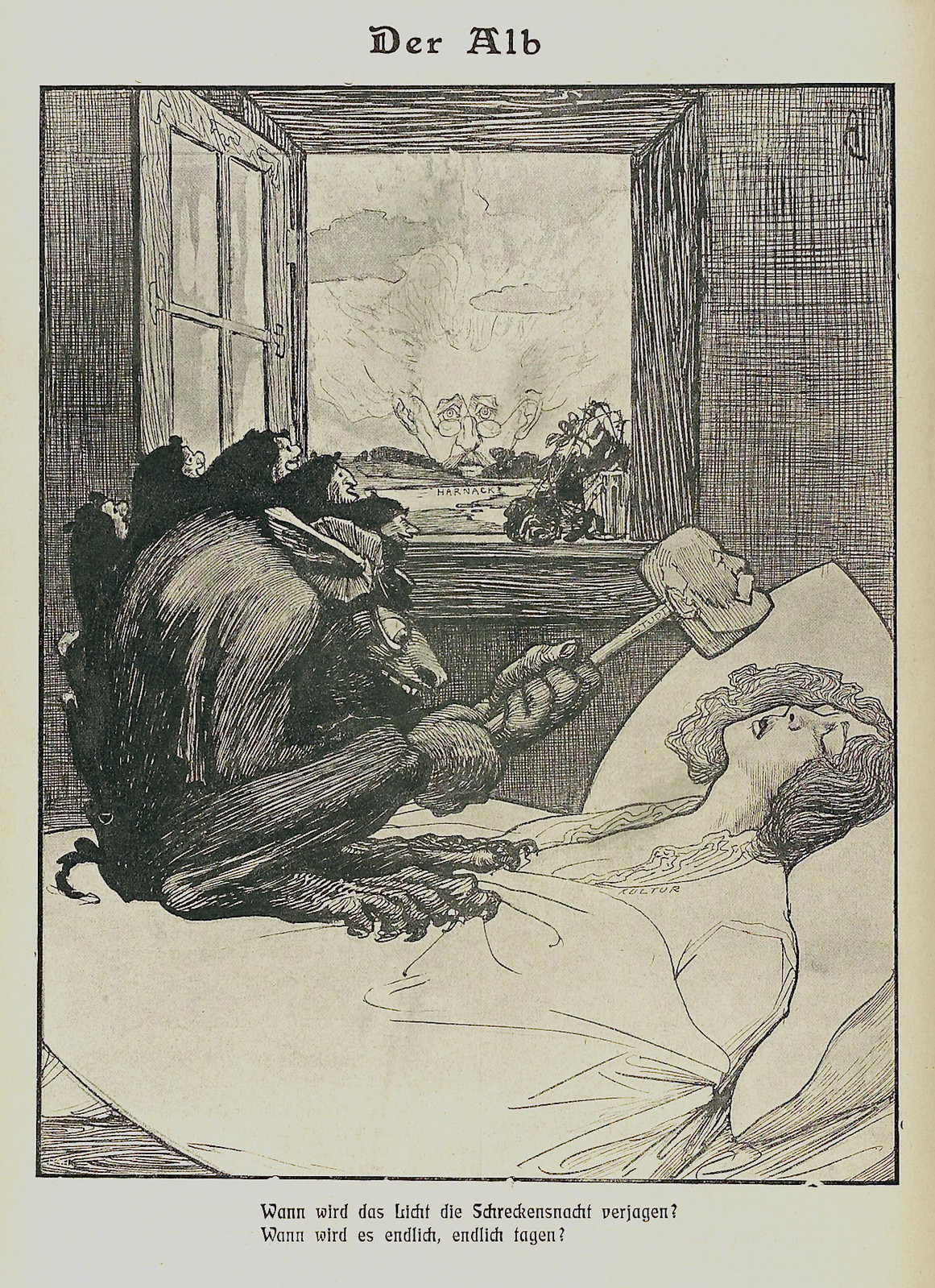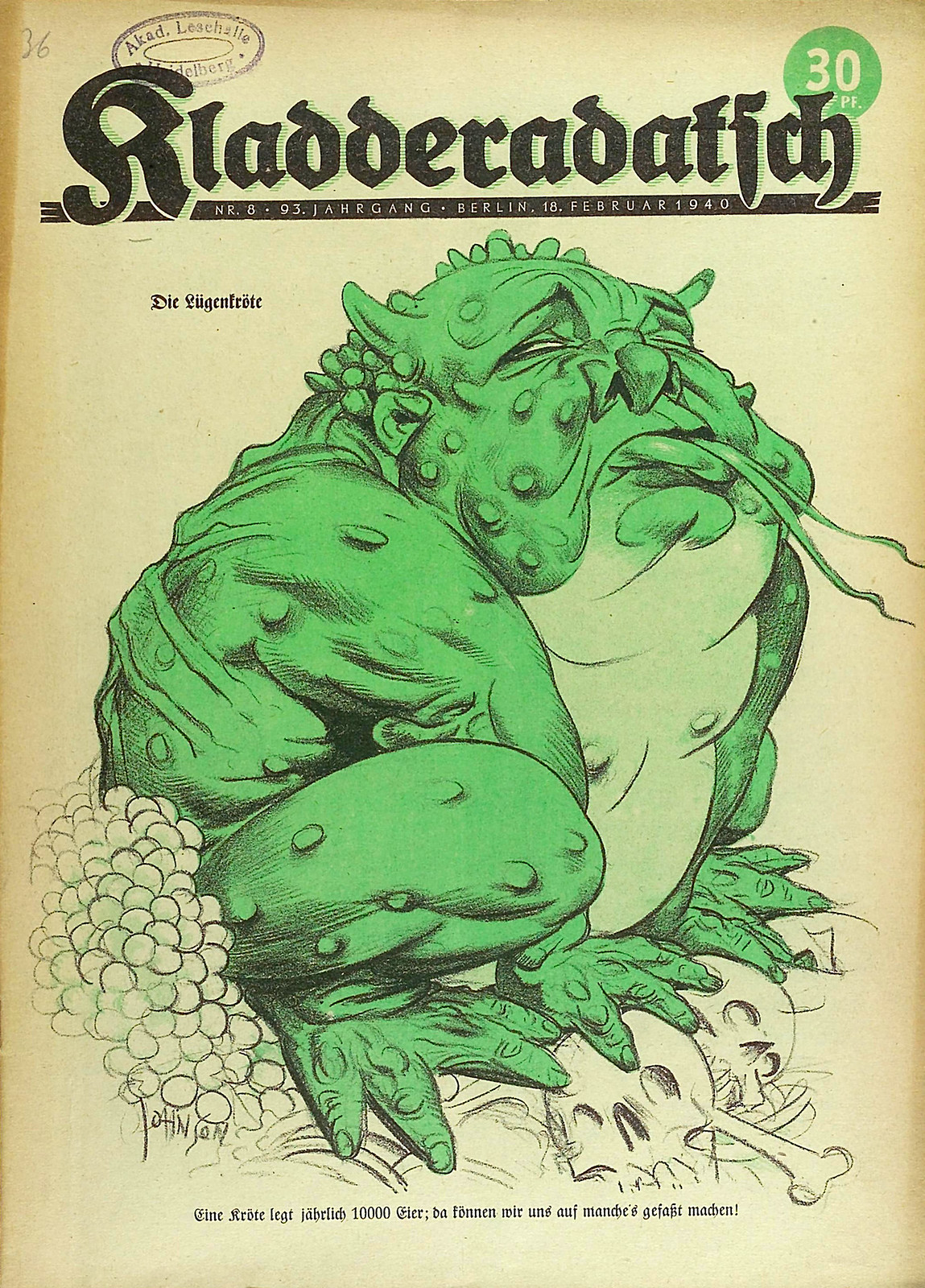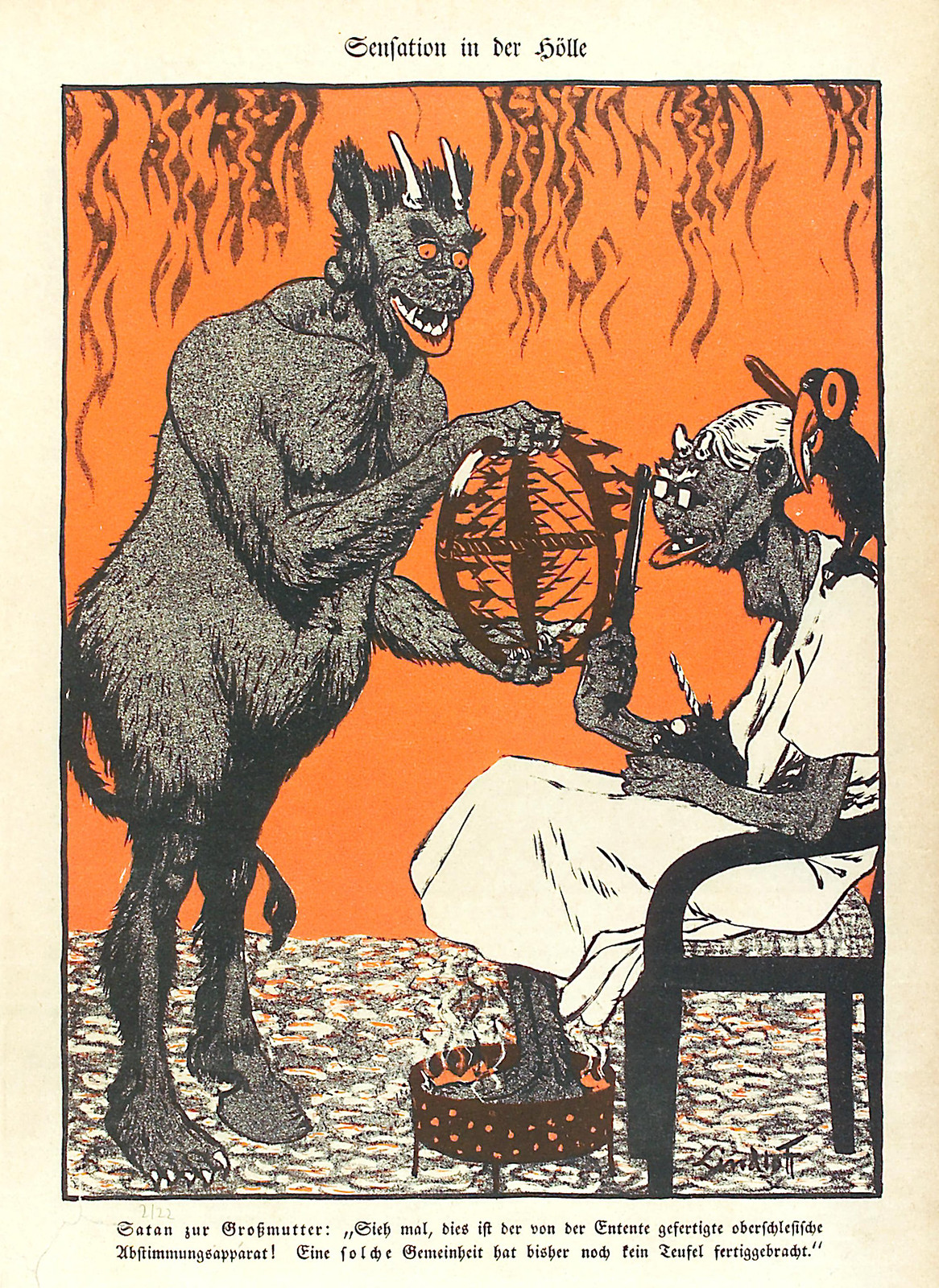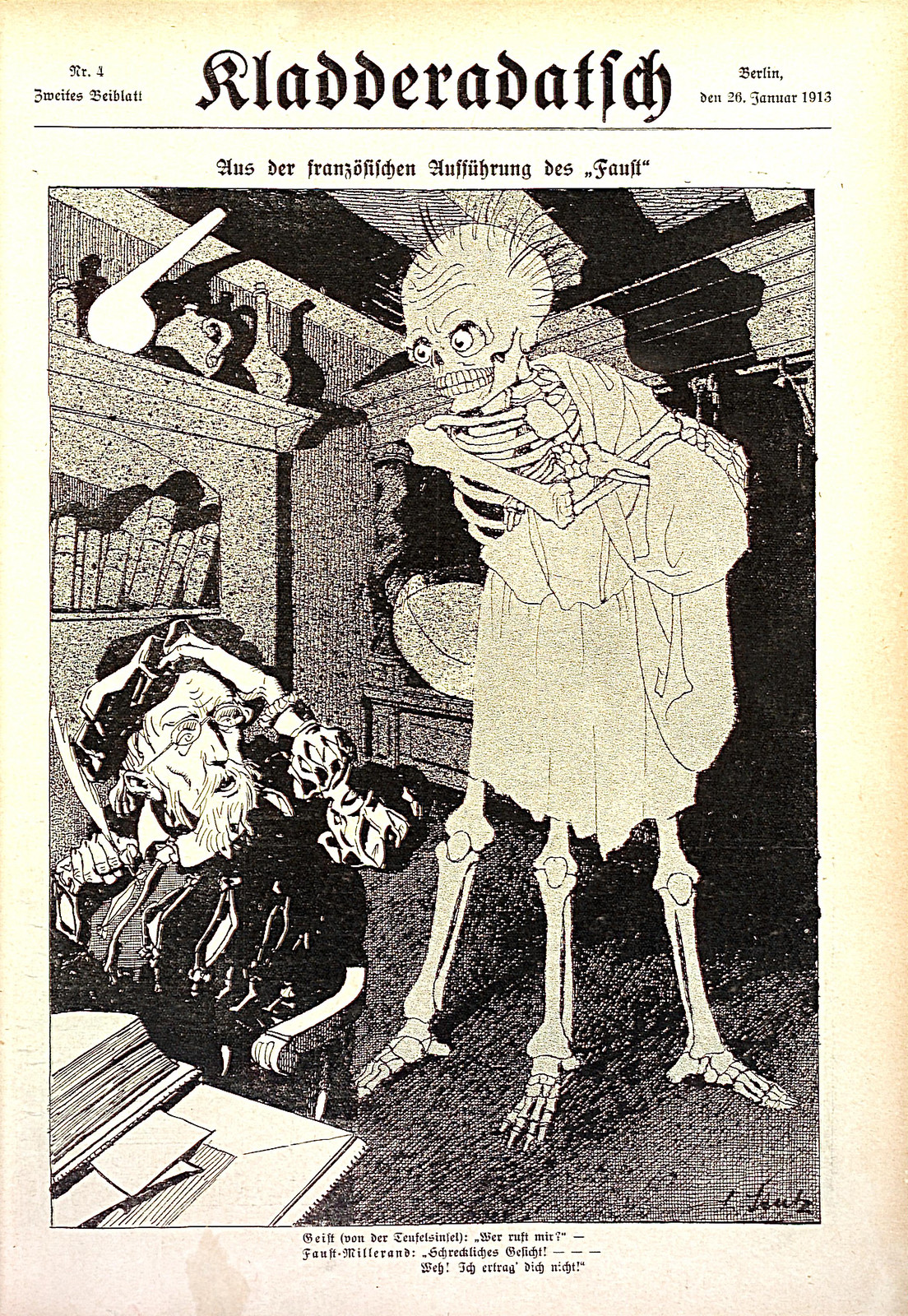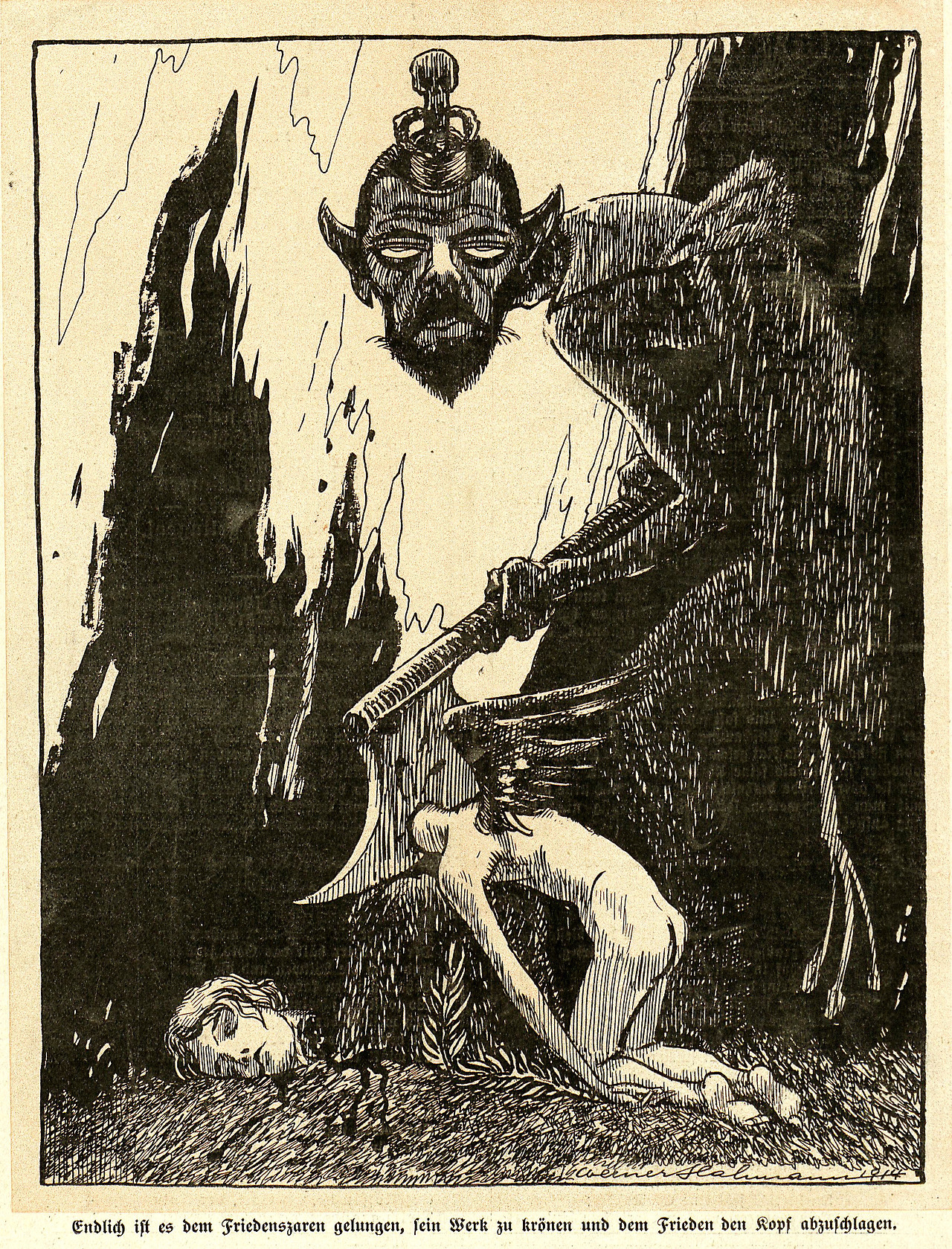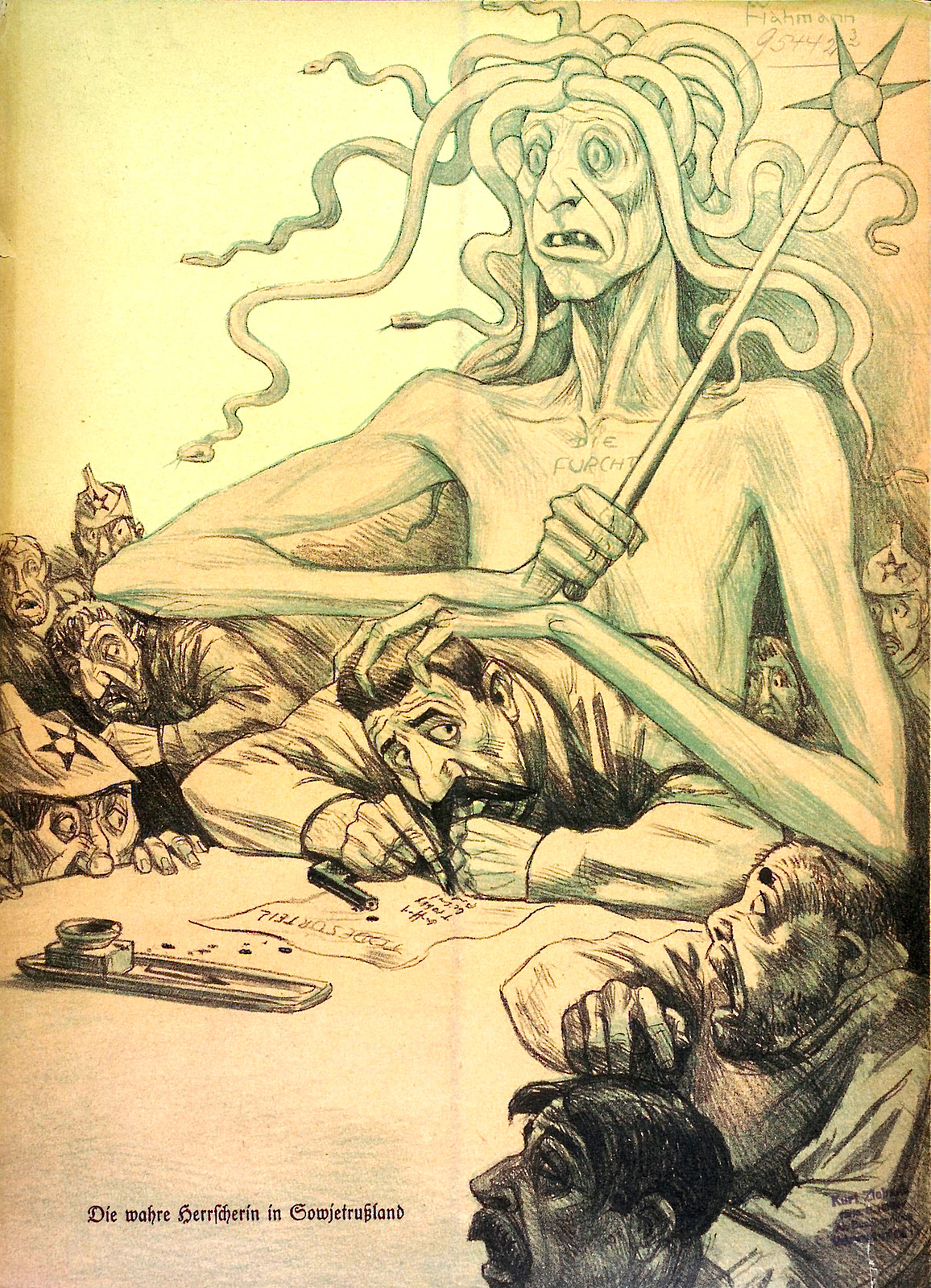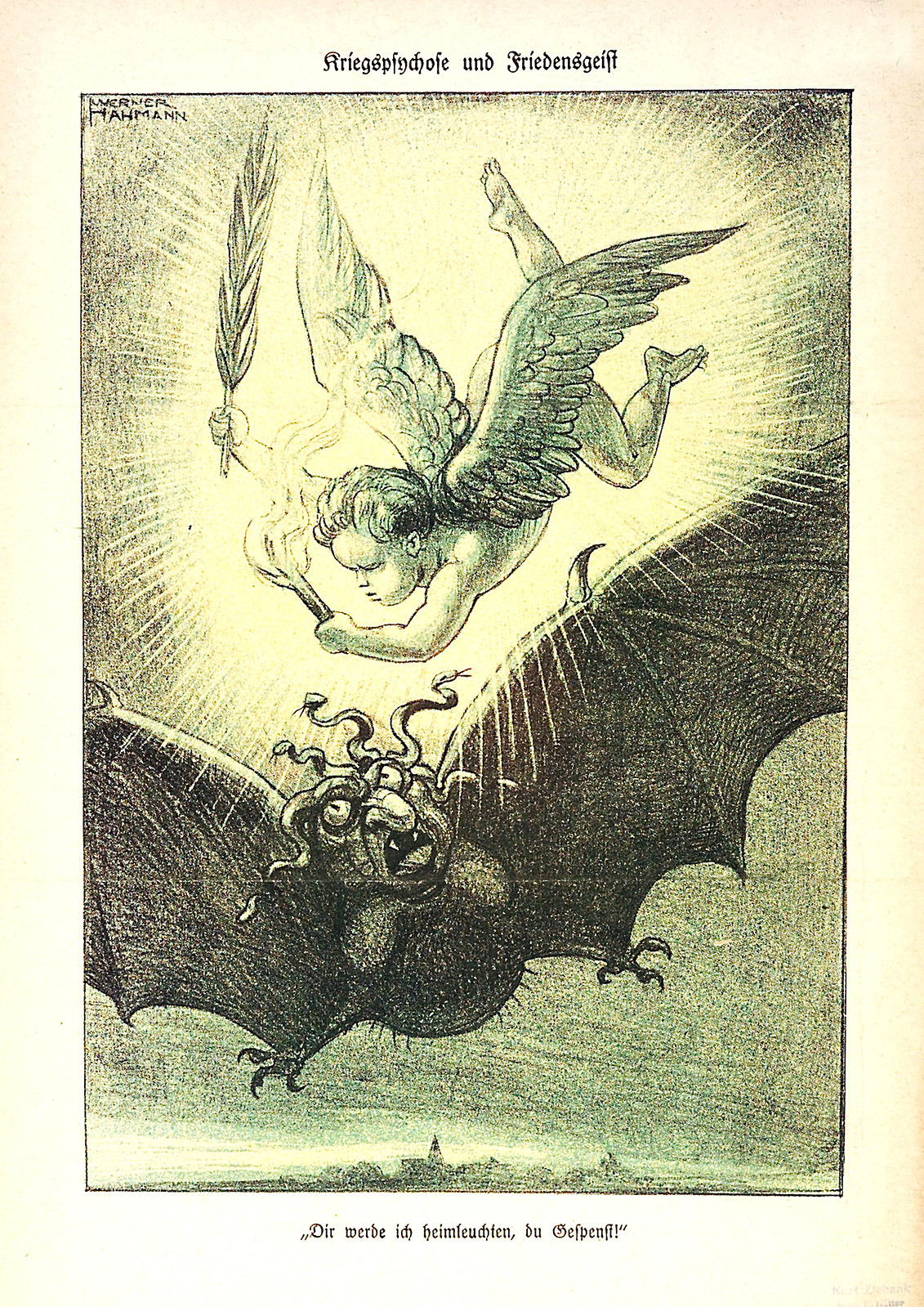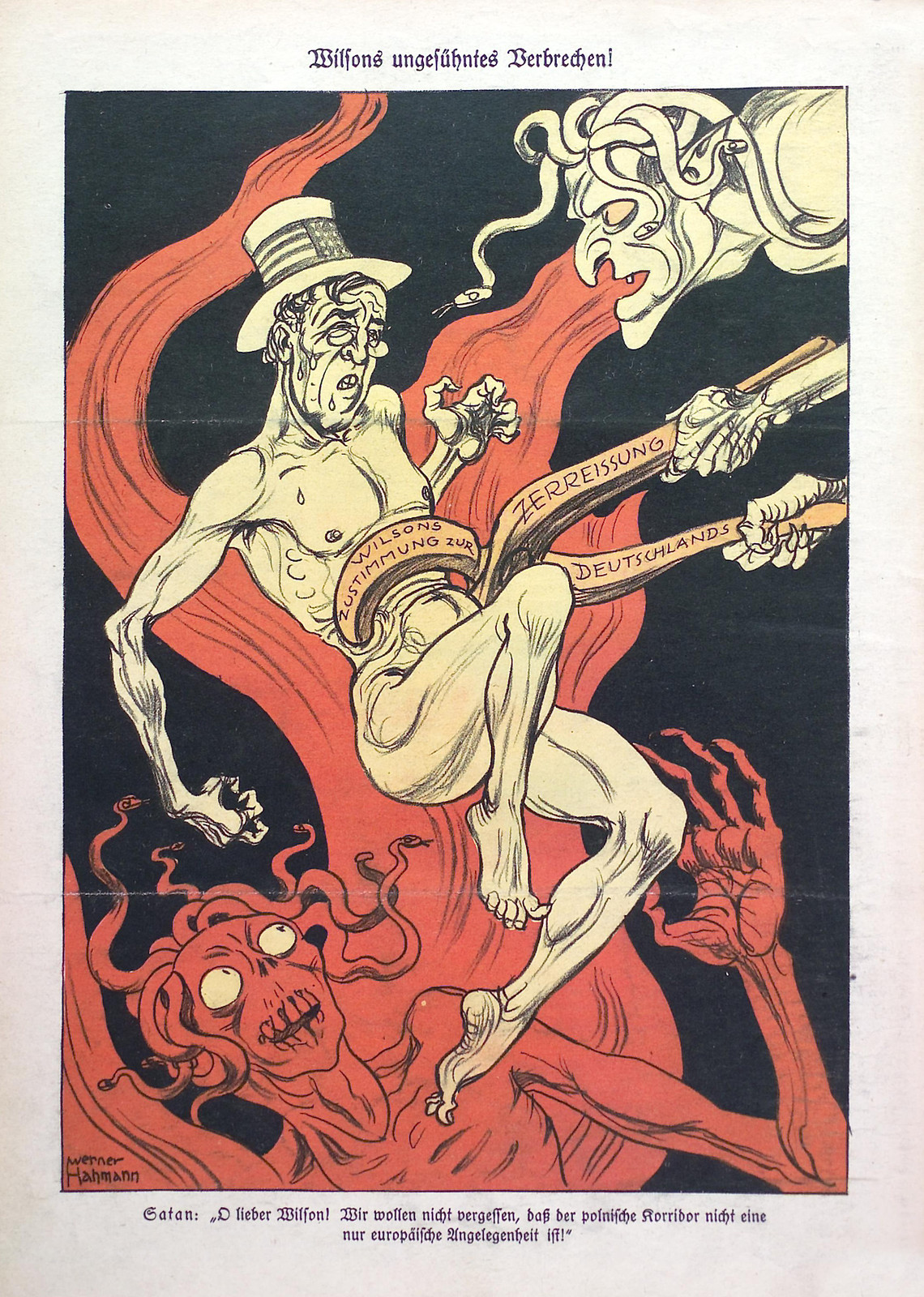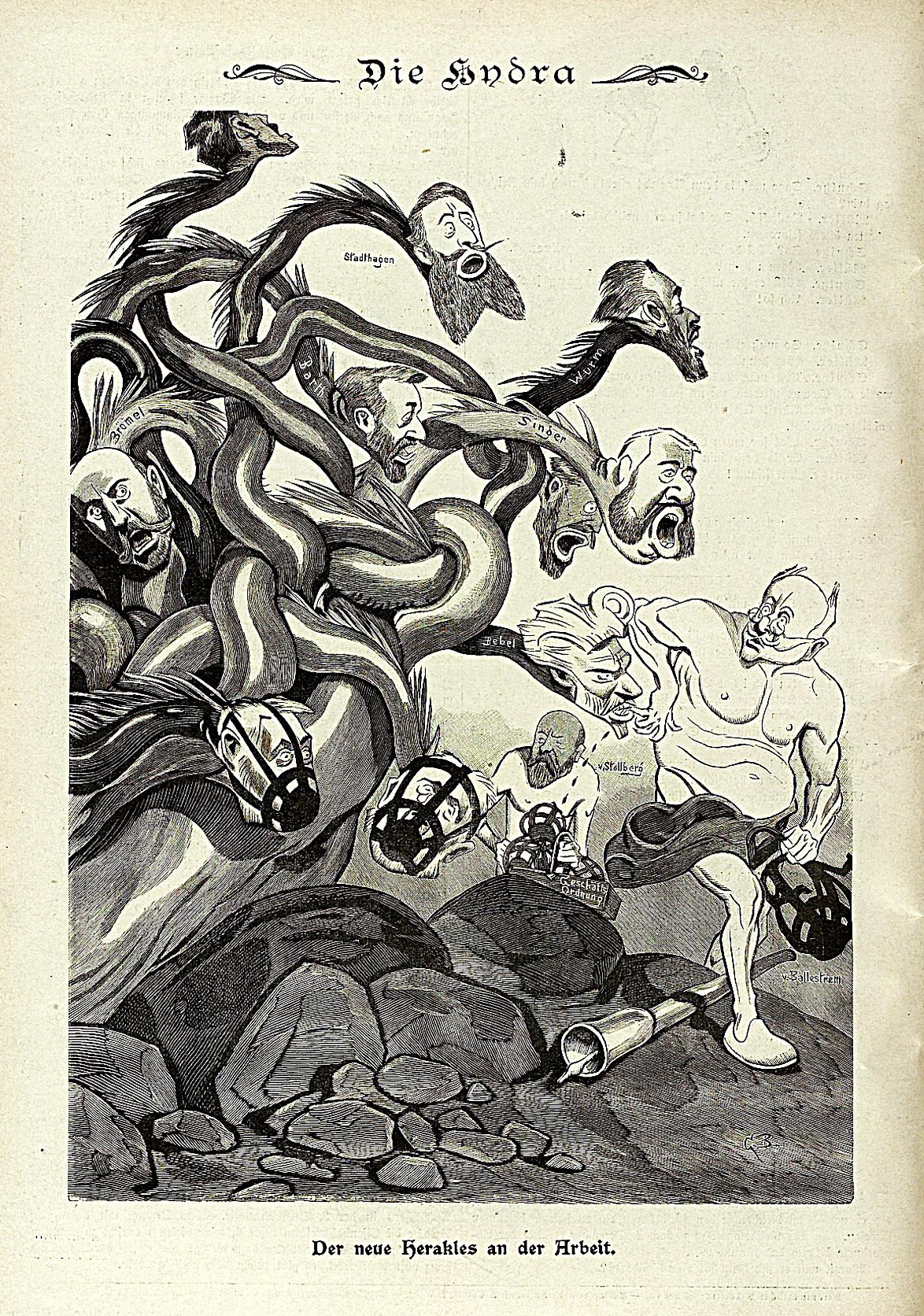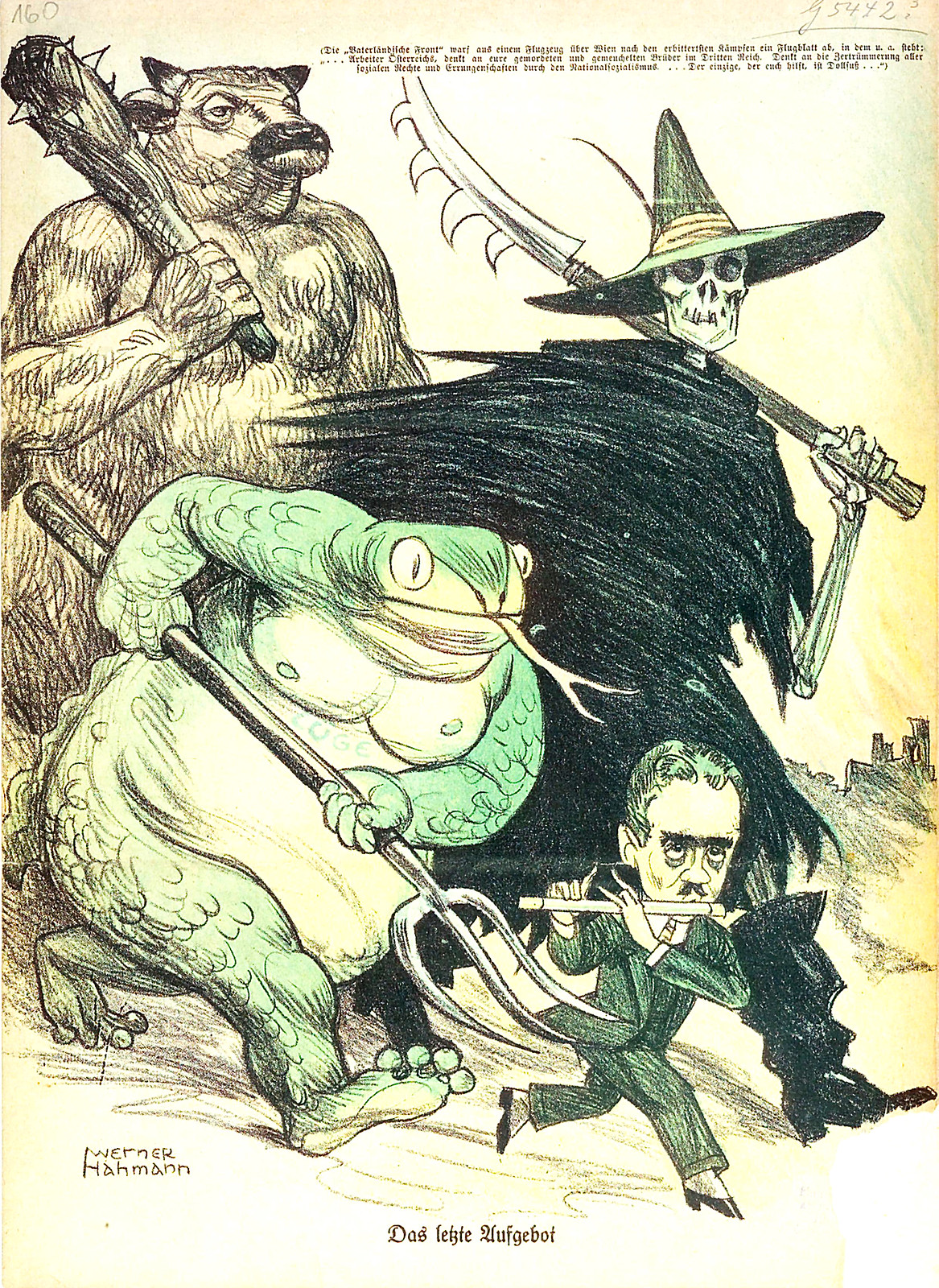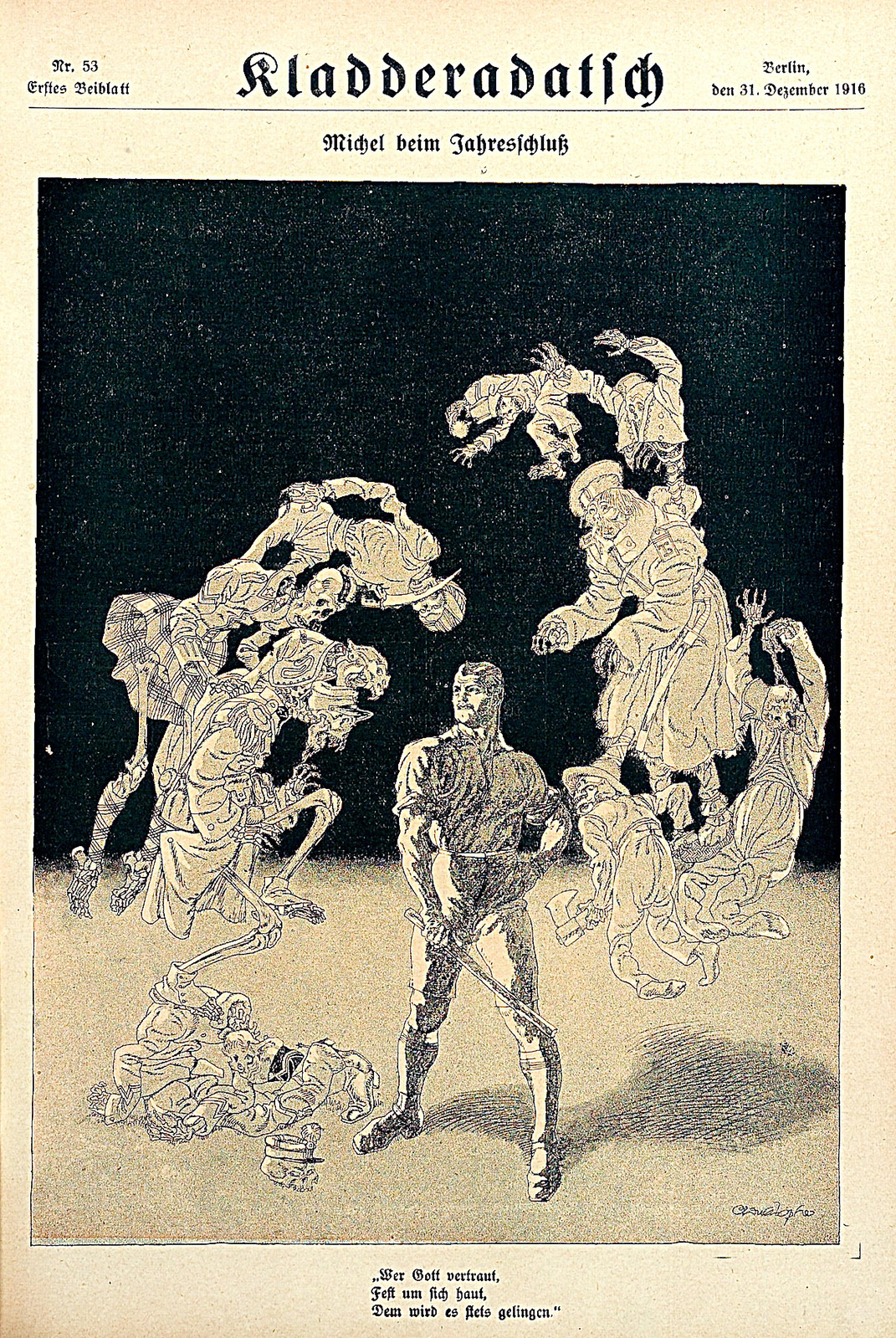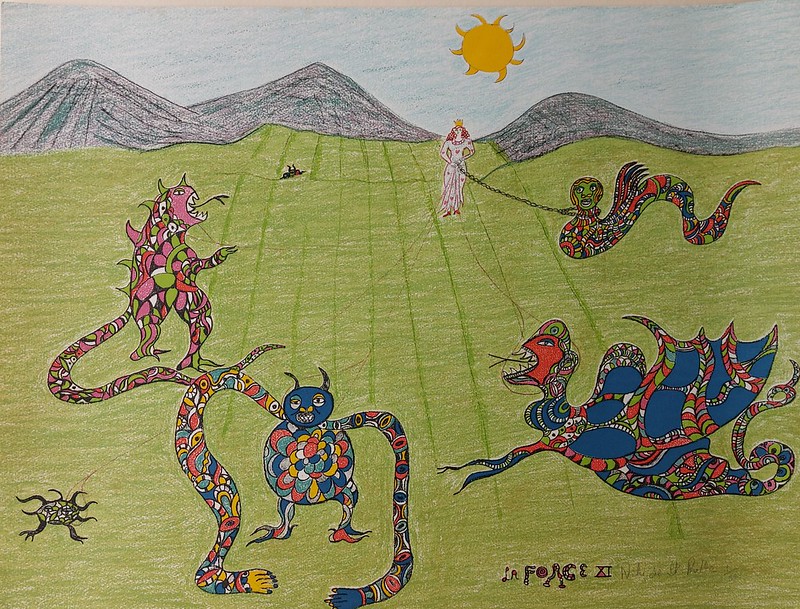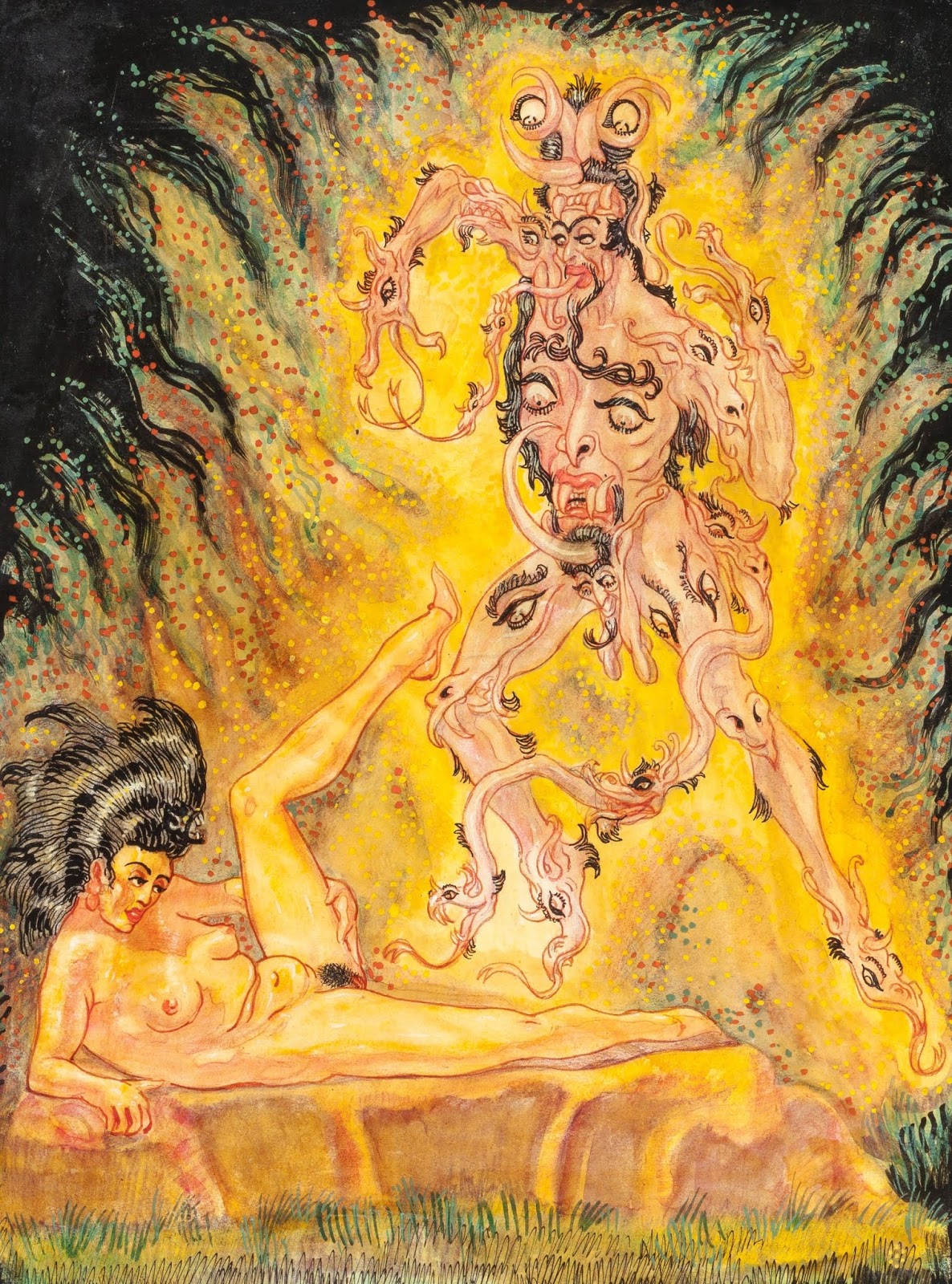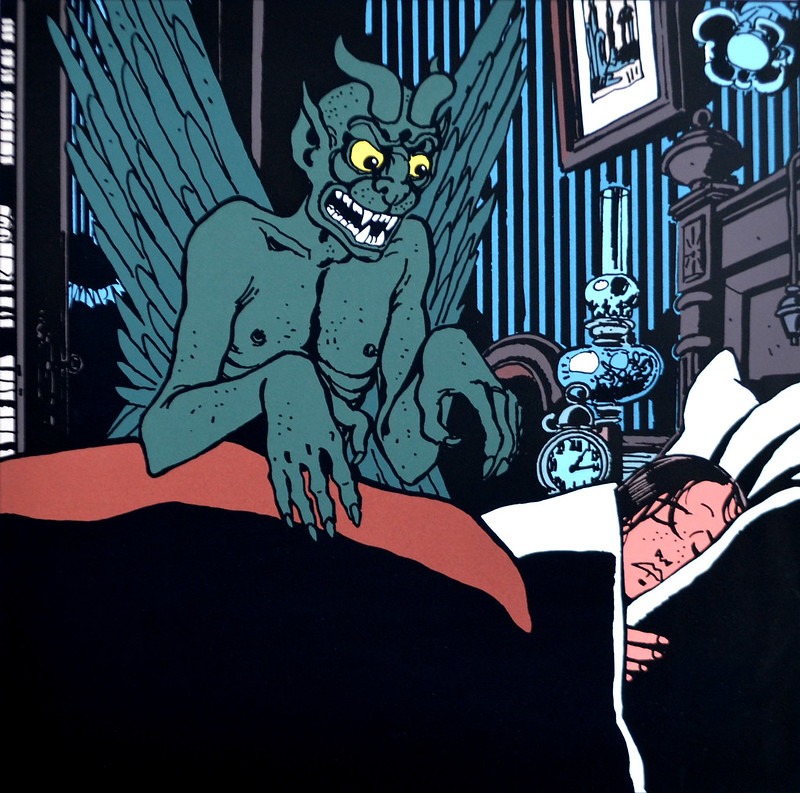[Free RPG Day 2021] Star Trek: Adventures Quick-Start
—oOo—
 For Free RPG Day 2021, Modiphius Entertainment released not one, but three titles, two for existing roleplaying games, one for a forthcoming title. The first for the existing roleplaying game the Star Trek: Adventures Quick-Start, an introduction to Star Trek Adventures, the tenth roleplaying game to be licensed or at least derived from that Science Fiction intellectual property. As with other quick-starts, it provides an explanation of the rules, a complete adventure, and six ready-to-play Player Characters. All of which comes in a full colour—or is that full black?—thematically perfect LCARS pastel shades and layout on deep black, with the pre-generated Player Characters presented on a white background for easy printing. All the Game Master has to do is find some tokens, some twenty-sided dice, and some six-sided dice, and she has everything she needs to run the adventure in the Star Trek Adventures Quick-Start.
For Free RPG Day 2021, Modiphius Entertainment released not one, but three titles, two for existing roleplaying games, one for a forthcoming title. The first for the existing roleplaying game the Star Trek: Adventures Quick-Start, an introduction to Star Trek Adventures, the tenth roleplaying game to be licensed or at least derived from that Science Fiction intellectual property. As with other quick-starts, it provides an explanation of the rules, a complete adventure, and six ready-to-play Player Characters. All of which comes in a full colour—or is that full black?—thematically perfect LCARS pastel shades and layout on deep black, with the pre-generated Player Characters presented on a white background for easy printing. All the Game Master has to do is find some tokens, some twenty-sided dice, and some six-sided dice, and she has everything she needs to run the adventure in the Star Trek Adventures Quick-Start.A Player Character in Star Trek Adventures is defined by Attributes, Disciplines, Focuses, Values, Traits, Talents, and Values. The six Attributes—Control, Daring, Fitness, Insight, Presence, and Reason—represent ways of or approaches to doing things as well as intrinsic capabilities. They are rated between seven and twelve. The six Disciplines—Command, Conn, Engineering, Security, Science, and Medicine—are skills, knowledges, and areas of training representing the wide roles aboard a starship. They are rated between one and five. Focuses represent narrow areas of study or skill specialities, for example, Astrophysics, Xenobiology, or Warp Field Dynamics. Traits and Talents represent anything from what a character believes, is motivated by, intrinsic abilities, ways of doing things, and so on. They come from a character’s species, upbringing, training, and life experience, for example, Trill (representing their ability withstand parasites and serve as a host to Symbionts), a character having undertaken the Kolinahr, his approach to Science (Cautious), and so on. A character’s attitudes, beliefs, and convictions are represented by their Values, such as Kirk’s ‘Doesn’t believe in a No-Win Situation’, which can be triggered to provide various benefits by spending a character’s Determination points.
Star Trek Adventures employs the 2d20 System first used in the publisher’s Mutant Chronicles: Techno Fantasy Roleplaying Game and Robert E. Howard’s Conan: Adventures in an Age Undreamed Of, and since developed into the publisher’s house system. To undertake an action, a character’s player rolls two twenty-sided dice, aiming to have both roll under the total of an Attribute and a Discipline. Each roll under this total counts as a success, an average task requiring two successes. Rolls of one count as two successes and if a character has an appropriate Focus, rolls under the value of the Discipline also count as two successes.
In the main, because a typical difficulty will only be a Target Number of one, players will find themselves rolling excess Successes which becomes Momentum. This is a resource shared between all of the players which can be spent to create an Opportunity and so add more dice to a roll—typically needed because more than two successes are required to succeed, to create an advantage in a situation or remove a complication, create a problem for the opposition, and to obtain information. It is a finite ever-decreasing resource, so the players need to roll well and keep generating it, especially if they want to save for the big scene or climatic battle in an adventure.
Now where the players generate Momentum to spend on their characters, the Game Master has Threat which can be spent on similar things for the NPCs as well as to trigger their special abilities. She begins each session with a pool of Threat, but can gain more through various circumstances. These include a player purchasing extra dice to roll on a test, a player rolling a natural twenty and so adding two Threat (instead of the usual Complication), the situation itself being threatening, or NPCs rolling well and generating Momentum and so adding that to Threat pool. In return, the Gamemaster can spend it on minor inconveniences, complications, and serious complications to inflict upon the player characters, as well as triggering NPC special abilities, having NPCs seize the initiative, and bringing the environment dramatically into play.
Combat uses the same mechanics, but offers more options in terms of what Momentum can be spent on. This includes doing extra damage, disarming an opponent, keeping the initiative—initiative works by alternating between the player characters and the NPCs and keeping it allows two player characters to act before an NPC does, avoid an injury, and so on. Damage in combat is rolled on the Challenge dice, the number of star symbols and Starfleet insignia symbols rolled determining how much damage is inflicted. A similar roll is made to resist the damage, and any leftover is deducted from a character’s Stress. If a character’s Stress is reduced to zero or five or more damage is inflicted, then a character is injured. Any Starfleet insignia symbols rolled indicate an effect as well as the damage. In keeping with the tone of the various series, weapon damage can be deadly, melee or hand-to-hand, less so. Rules cover stun settings and of course, diving for cover, whilst a lovely reinforcement of the genre is that killing attacks generate Threat to add to the Game Master’s pool.
The rules themselves in the Star Trek Adventures Quick-Start take up half of its pages, covering basics as well conflict resolution and suggestions as to Momentum expenditures. They do not cover starships or starship combat. Nor do they need to, since neither feature in the accompanying adventure. ‘Signals’ is an away mission set in the default setting for Star Trek Adventures, the Shackleton Expanse, and during the Star Trek: The Next Generation and Star Trek: Deep Space Nine time periods. (However, an experienced Game Master who has access to the core rules for Star Trek Adventures could easily adjust it to take place during the other two time periods for the roleplaying game, Star Trek: Enterprise and Star Trek: The Original Series, or even set it elsewhere.)
‘Signals’ is a mystery involving plenty of action. The Player Characters are an away team assigned to locate a missing runabout, the Susquehanna, which was investigating an alien signal deep in the Shackleton Expanse and has not been heard from. Her last known location was the planet of Seku VI and it is here that the adventure begins with the Player Characters beaming down to the surface. From there it quickly throws the away team into the action—the Romulans have got there first! Once the team has dealt with them, it can follow the signal and discover a colonist settlement and the source of the alien signal. The source is detailed, but not the how and the why, so the Game Master is free to develop what the purpose of the alien sign and also improvise the conclusion to the mission. If there is an issue, there really is only the one scene where players get to roll their character’s Science skills, and there is a strong emphasis in the scenario on combat (to the point where ‘Signals’ seems almost better suited to Star Trek: The Original Series than Star Trek: The Next Generation). Overall though, it is a decent scenario and does a good job of showcasing the rules to Star Trek Adventures.
To go with the adventure, the Star Trek Adventures Quick-Start provides a sextet of pre-generated Player Characters. All six are Star Fleet officers, and include a Bajoran First Officer, a Human Conn Officer, an Andorian Chief of Security, a Trill (with Symbiote) Chief Engineer, a Denobulan Science Officer, and a Vulcan Medical Officer. They are all well presented and easy to read, although three members of the away team have Talents which require them to be aboard ship to use, whilst the Conn Officer has three Talents related to piloting and ‘Signals’ does not involve either starships or shuttles. What this means is that the Conn Officer should not really be used as it will be difficult to bring her into play.
Physically, the Star Trek Adventures Quick-Start is well presented and easy to use. The artwork is excellent, and includes a number of illustrations which depict scenes from the scenario. That said, it is not as sturdy as it could be as it does not have a card cover. Nevertheless, the Star Trek Adventures Quick-Start is a solid introduction to Star Trek Adventures, providing an excellent explanation of the core rules and showcasing them in a reasonably good adventure.



